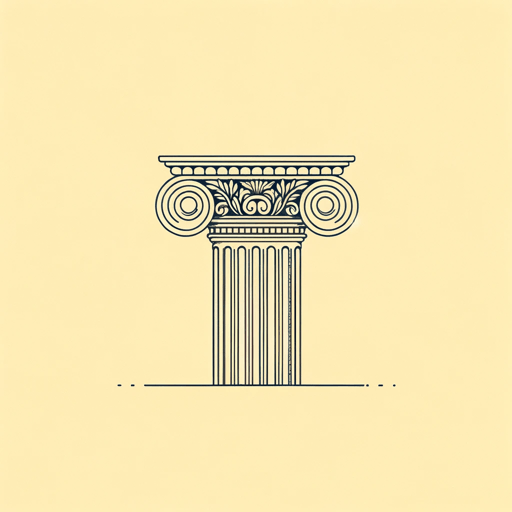42 pages • 1 hour read
John RuskinThe Stones of Venice
Nonfiction | Book | AdultA modern alternative to SparkNotes and CliffsNotes, SuperSummary offers high-quality Study Guides with detailed chapter summaries and analysis of major themes, characters, and more.
Summary and Study Guide
Overview
The Stones of Venice is a treatise on architecture and culture by the English art critic John Ruskin (1819-1900), originally published in three volumes in 1851-1853. Although the main subject of The Stones of Venice is the northern Italian city’s architecture, Ruskin uses this topic to address a wider range of historical, aesthetic, and moral themes. In the first part of the book, he gives an outline of architecture for the lay reader, placing the craft against its historical and social background and explaining basic building principles and how they work.
In the second part of the book, Ruskin discusses the architecture of Venice, describing in detail such buildings as St. Mark’s Basilica and the Ducal Palace and placing them in their historical, artistic, social, and political contexts. Ruskin argues that Venice’s rise as a world power corresponded to the Christian values of the Byzantine and Gothic periods in the Middle Ages, and that its decline was caused in part by self-centeredness, hedonism, and a loss of faith that accompanied the Renaissance era. Ruskin presents this historical thesis with a view toward social and artistic improvement in his own era in England, which at the time was witnessing a revival of Gothic architecture and values advanced in part by Ruskin himself.
The Stones of Venice is widely regarded as a seminal work in the field of architectural criticism. Ruskin’s vivid descriptions and passionate advocacy for the architectural treasures of Venice garnered both praise and criticism and had a significant impact on the preservation and restoration of historic buildings. The book’s influence extended beyond the realm of architecture and played a role in shaping the broader field of art history.
This guide uses the 247-page abridgement edited by J. G. Links in 1960 and published by Da Capo Press.
Summary
Book 1 consists of 12 chapters discussing various general aspects and features of architecture that will be important in the later discussions of the book. Chapter 1, “The Quarry,” gives an outline of the history of Western architecture from classical Greece to the Middle Ages, emphasizing how three major cultures came together to form the architecture of Venice. Chapter 2, “The Virtues of Architecture,” discusses the practical and aesthetic dimensions of the craft, while Chapters 3-12 delve into specific technical features of architecture and how they work to create stable and beautiful buildings: walls, cornices, arches, roofs, buttresses, and various forms of ornamentation.
Book 2 is divided into three parts. Part 1: “The Byzantine Period” examines Venetian architecture when the city was under the sway of the Byzantine (Eastern) Roman Empire. Starting in Torcello, the first of the Venetian islands to be settled, Ruskin then proceeds to discuss St. Mark's Square (called St. Mark's Place in the book) and Basilica.
Part 2: “The Gothic Period” has two chapters. The first describes the general nature and features of Gothic architecture, and the second describes how these features are applied in the Ducal Palace, the major example of secular architecture in Venice.
Part 3: “The Renaissance Period” charts what Ruskin sees as Venice's moral and artistic decline and fall as a result of the rejection of the Gothic style. Ruskin analyzes the Renaissance period of architecture in terms of three phases, tracing an overall rise and decline: “Early Renaissance,” “Roman Renaissance,” and “Grotesque Renaissance.”
In his Conclusion, Ruskin sums up the major themes and states his proposal for a revival of Gothic architecture in England.

